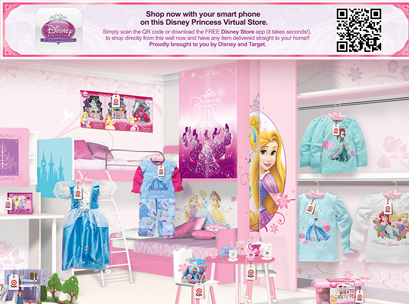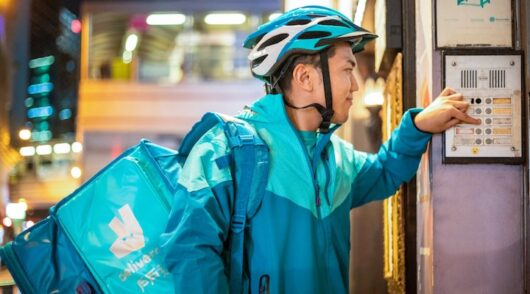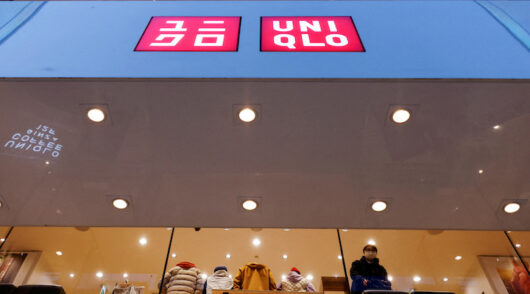The QR code trend is alive and well, with the launch of an interactive virtual wall targeting Australian children by discount department store, Target, in tandem with Disney.
The short-term wall is the Australian discount department store’s first e-commerce QR code initiative, and will be situated out-of-store at a cinema in Sydney for just this weekend.
The wall – installed at Event Cinema in Sydney’s Castle Hill for a screening of the 1950 animated classic, Cinderella – aims to sell Disney branded product, like costumes and DVDs, to its young audience.
“Like with everything else, young kids will be seeing the movie with their parents, so it’s expected they’ll use their parent’s smartphones to interact with the wall,” said a spokesperson for Disney to Inside Retail.
The wall allows smartphone users to read codes either with a standard QR code reader or a Disney Princess Store app, with the codes directing scanners to Target’s website to purchase product.
The wall is a first for both Disney and Target: the local retailer has been using QR codes for some time but only to direct smartphone users to online content like videos.
A spokesperson for Target told Inside Retail that it has no current plans to launch a permanent virtual wall either for Disney or purely itself, however, it was keeping its eye on the project.
“Of course we’ll look at this project and see how it works. Target is always looking at new ways to interact with our customers,” said the spokesperson.
Target is by no accounts the first local retailer to use virtual walls as part of its online strategy, with fashion chain, Sportsgirl, notable for its ongoing use of the technology in its shop windows.
Shoe retailer, Wittner, and bookshop, The Co-Op (formerly The Co-Op Bookshop), have also launched similar strategies in the last two years, with the latter even using billboards and advertising space at University campuses to target smartphone users.
Internationally, the case study of Tesco’s QR code walls in a Korean train station is still often used as a landmark case study, which the grocery chain first launched in 2011 to much buzz in marketing circles.






